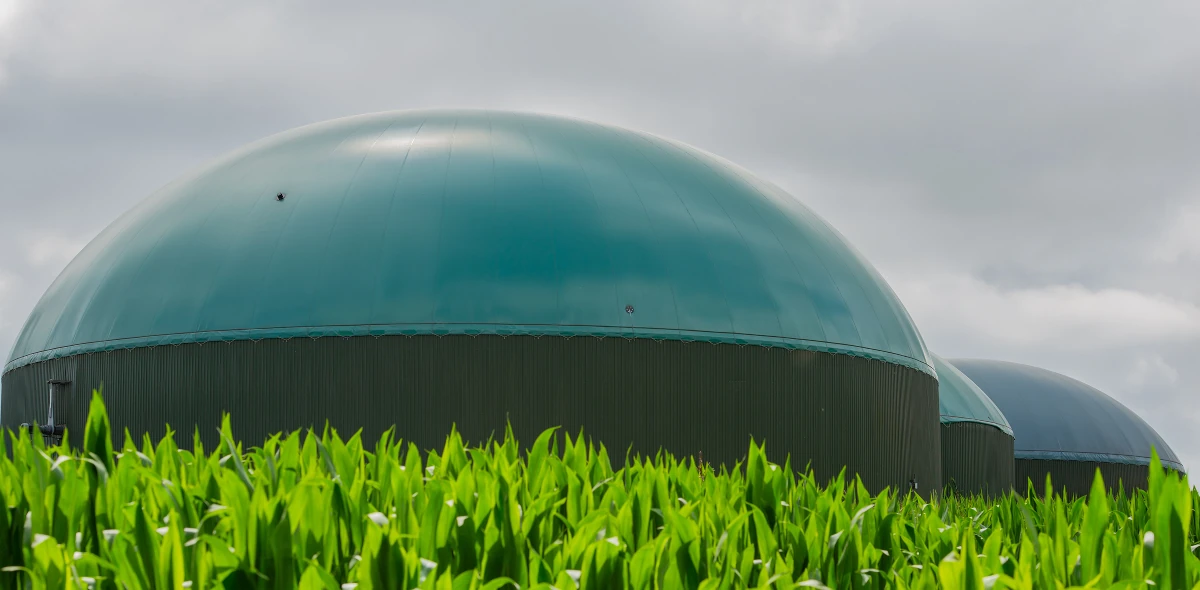
On 23 July (Wednesday), the Government released its Clean Flexibility Roadmap, in which it recognised that biomethane is currently used to decarbonise heating, but can be used flexibly across many different end-uses including industry, transport, and low carbon dispatchable power generation at gas-fired power plants.
The roadmap makes 17 references to biomethane and lists actions relating to this green gas that include:
- Government working with the Network Energy Systems Operators (NESO) to clarify the role of biomethane in providing low carbon dispatchable power and refine its vision for biomethane’s 2030-2050 role alongside hydrogen and gas.
- Ofgem and DESNZ enabling an increase in the injection of biomethane into the gas network which could deliver more low carbon dispatchable power.
Dr Gareth Mottram, Policy Lead at the Anaerobic Digestion and Bioresources Association (ADBA), welcomed the report, commenting:
“The flexibility roadmap is a massive shift for the government. Up to this point the focus of biomethane has been on a domestic heat front. For the first time, a government document makes the case that it is desirable to generate biomethane injected into the gas networks and use this for inter seasonal and peak balancing in existing gas turbine power plants. We made that case in our report the Role of Green Gas in Net Zero published last December. So, this is a particularly satisfying read for us.”
Alongside the recent inclusion of 65TWh of biomethane in the Future Energy Scenarios published last week by the National Energy System Operator (NESO), this is the strongest indicator yet that the UK government is starting to take the potential of biomethane seriously. A clear vision for using biomethane to backup electricity generation, as well as industrial and domestic heat, is now emerging.
However, both publications still fail to embrace the potential of biomethane upgrading to do the job of carbon removals, which it can do more cheaply than any other technology. Taking this potential into account, the sector becomes even more essential to meeting the decarbonisation needs of the UK at the most competitive cost.”

